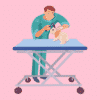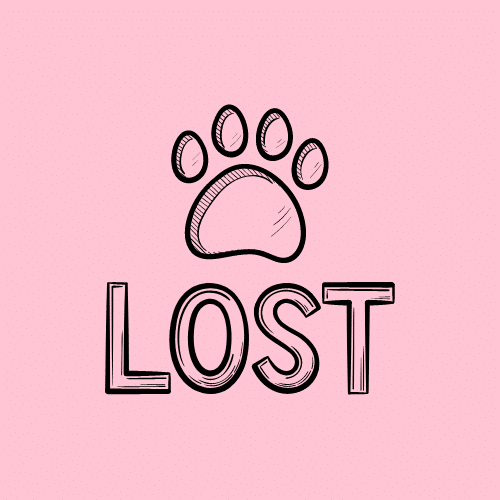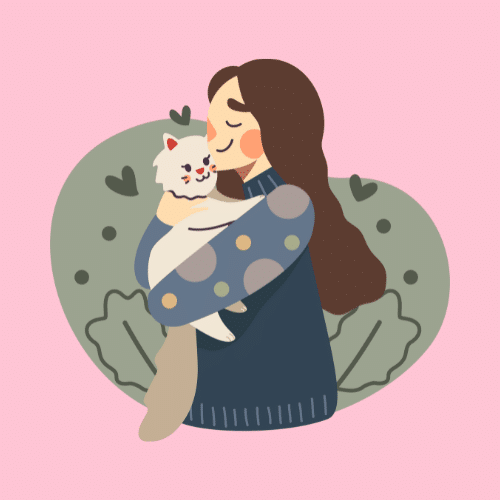The Perplexing Phenomenon of Hairballs in Dogs: Truths and Myths
It’s a widely recognized fact that cats often struggle with hairballs due to their grooming habits. However, not many pet owners are aware that their self-grooming canine companions can also encounter this unpleasant phenomenon. Hairballs in dogs, while less common than in cats, can still occur and may lead to a challenging situation for both pet and owner.
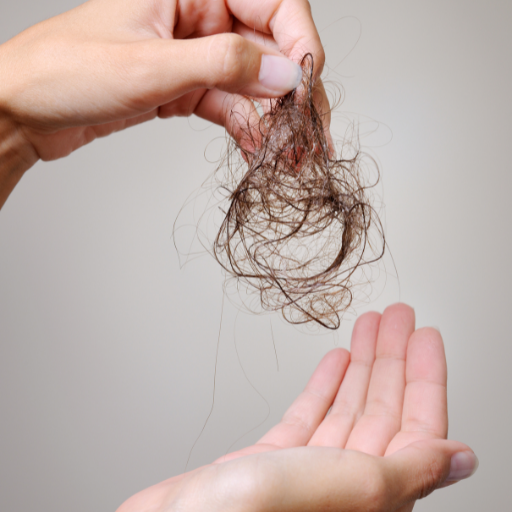
But how concerned should you really be? While the mere thought of hairballs can be distressing, it’s essential to know that it is highly unlikely for hairballs to pose a severe, life-threatening risk to dogs.
Dog Hairballs: The Real Danger
The genuine concern arises when hairballs accumulate in significant numbers within the stomach and aren’t regurgitated or passed through the digestive system. In such cases, they can become lodged in the intestines, causing an obstruction known as a “trichobezoar.” Trichobezoars can lead to severe health issues, such as dehydration, electrolyte imbalance, and even become life-threatening.
According to the Merck Veterinary Manual, trichobezoars are part of a broader group of gastrointestinal obstructions caused by foreign objects, which can certainly be serious if not addressed promptly.
Dog Hairball Blockage Treatment: A Proactive Approach
When dealing with a suspected hairball blockage in your dog, the initial step involves a comprehensive physical examination by your vet. Your vet will evaluate your dog’s overall condition, including standard vital signs checks, such as temperature, and look for any signs of distress or unusual masses.
Depending on the examination results, potential treatment may involve gastric lavage, also known as stomach washing, or endoscopy to remove the hairballs from the stomach lining. In certain instances, medication can facilitate passage through the digestive tract. Extreme cases may necessitate surgery if the obstruction is too large for the dog to pass naturally.
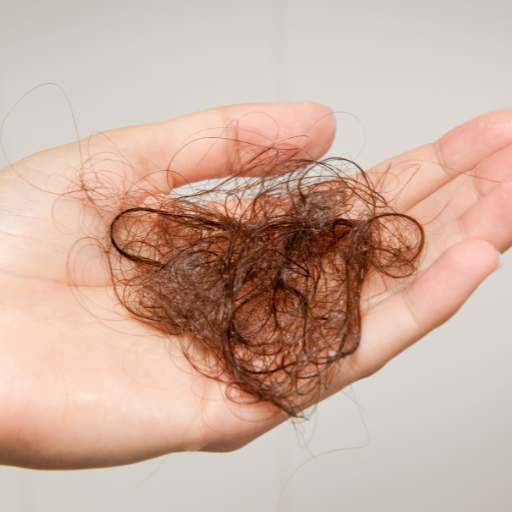
Importantly, swift and effective treatment is critical if you suspect your dog has a hairball blockage. If you believe your pet is suffering from this condition, seeking immediate medical attention from a veterinarian is crucial.
Home Remedies for Dog Hairballs: Prevention is Key
Preventive measures can often serve as the best remedy against hairballs in dogs. The most effective strategy to prevent your dog from developing hairballs involves regular grooming. By brushing your pup consistently, you can remove any dead or loose fur from their coat, preventing ingestion during self-grooming.
Dietary Supplements for Hair Health
Dietary supplements such as Omega-3 fatty acids can promote a healthy dog coat. A well-maintained coat reduces the chances of hairball development. Suggestions include adding a tablespoon of olive oil or coconut oil to your dog’s food once daily. For a comprehensive list of ways to keep your dog’s hair healthy, click here.
Digestive Supplements
Promoting healthy digestion and regular bowel movements can also prevent hairballs. High fiber dietary elements, such as raw pumpkin seeds, may assist in this regard. A teaspoon of apple cider vinegar added to your dog’s water can stimulate the digestive system and help break down fur before it poses a problem.
Laxatives
Occasional laxatives formulated specifically for dogs, such as lactulose, psyllium, or husk powder, may assist in moving hair through their digestive tract. Before attempting any of these methods, it’s essential to consult with your veterinarian to avoid potential adverse side effects. Many veterinary professionals offer online consultations for quick and easy access to advice.
The Appearance of Dog Hairballs
Dog hairballs typically appear as small clumps of matted fur. Their size can vary from a couple of millimeters to several inches. The hairball’s color depends on your dog’s fur. They may also feature streaks of different colored fur due to coat color variations in certain breeds.
Dog hairballs often have an unpleasant smell because they contain bacteria and particles collected on your pet’s fur. Additionally, they are typically surrounded by saliva or mucus, contributing to the foul odor.
Recognizing the Warning Signs: Ensuring Prompt Intervention
While the topic may be unsettling, it’s important to explore the possibility of a worst-case scenario. That said, fatal outcomes are extremely rare with early detection and appropriate intervention. To ensure you catch any potential issues early, watch out for these critical symptoms that may point to severe complications from a hairball:
- Repeated unsuccessful vomiting: Dogs usually regurgitate hairballs without a problem. However, if your dog repeatedly attempts to vomit without bringing anything up, it may suggest an obstruction in the digestive tract, potentially due to a large hairball.
- Decreased appetite or anorexia: Loss of appetite can be a sign of discomfort or pain. If your dog is suffering from a gastrointestinal blockage, it might refuse to eat.
- Changes in bowel movements: A blockage may lead to constipation or diarrhea. Check your dog’s stool for any signs of hair or changes in consistency.
- Lethargy and depression: If your dog appears to be unusually quiet, unresponsive, or generally out of sorts, it may be a sign that they’re feeling unwell due to a digestive issue.
If you observe any of these symptoms in your dog, immediate veterinary attention is required. In many cases, prompt medical intervention can prevent the situation from escalating and causing serious harm.
Is there a Certain Breed Prone to Hairballs?
Breed predisposition to hairballs is another crucial aspect to consider. Long-haired breeds and those that self-groom often are more prone to developing hairballs. Pomeranians, Yorkshire Terriers, and Shih Tzus, due to their coat length and texture, are examples of dog breeds that may be more likely to develop hairballs. Regular grooming practices can greatly help in reducing the incidence of hairballs in these breeds.
The Psychological Angle: Stress and Hairballs
Last but not least, it’s essential to understand that behavioral issues can sometimes contribute to the prevalence of hairballs in dogs. Dogs under stress or anxiety may groom excessively and ingest more hair than usual, increasing the chances of hairball formation. Observing your pet for any signs of stress or anxiety and ensuring a calm and comfortable environment can be a proactive step towards preventing this issue.
The crucial takeaway here is vigilance and timely action. While it’s rare that a hairball could escalate to a life-threatening situation in dogs, being attentive to your pet’s behavior and health is key to preventing complications.
- Pine Straw for Dog Bedding [Guide]
- Is Chickweed Poisonous to Dogs?
- Why Does My Dog Chatter Her Teeth Around My Cats?
Key Points to Remember About Dog Hairballs
Although the occurrence of a hairball in your dog doesn’t definitively indicate a blockage, frequent hairball regurgitation could signify an underlying issue. Dogs often regurgitate small amounts of fur without experiencing digestive problems. However, it’s always safe to consult a veterinarian if you’re concerned about your dog and its potential hairball problem.
In conclusion, while dog hairballs may be an unpleasant and smelly concern, they can be prevented and treated effectively with the right approach. Always remember, if your dog shows signs of hairball blockage, seek immediate veterinary attention. With proper care and treatment, most dogs will make a full recovery.

Doctor of Veterinary Medicine (D.V.M.) at Nation Taiwan University,Master of Science (M.S.) in Biomedical Engineering at National Taiwan University of Science and Technology


